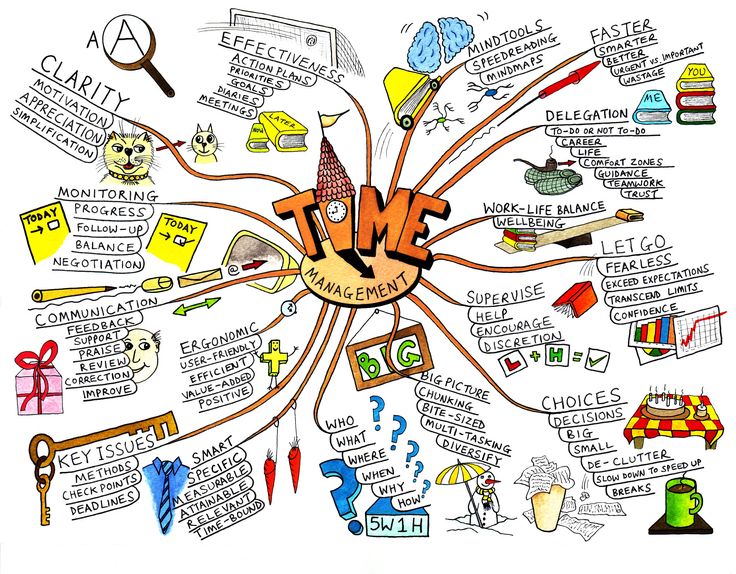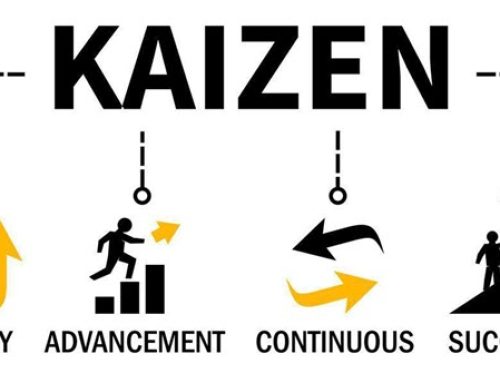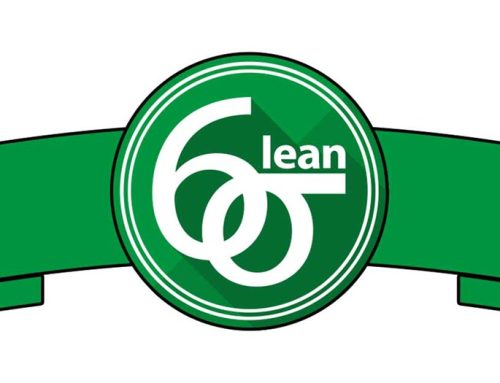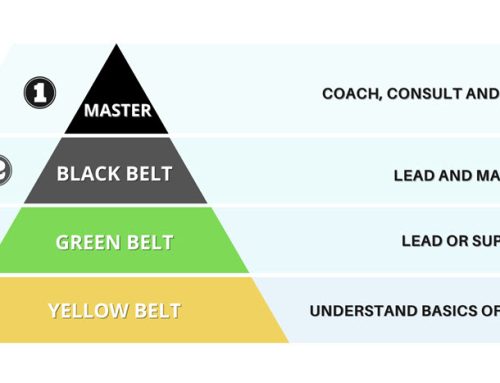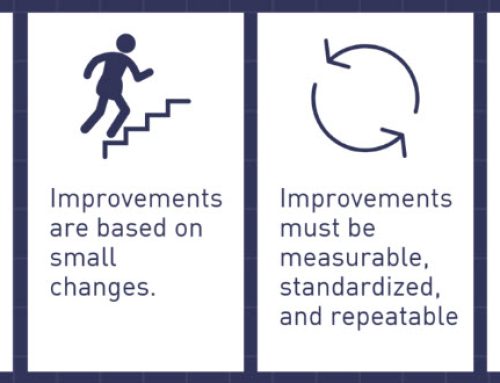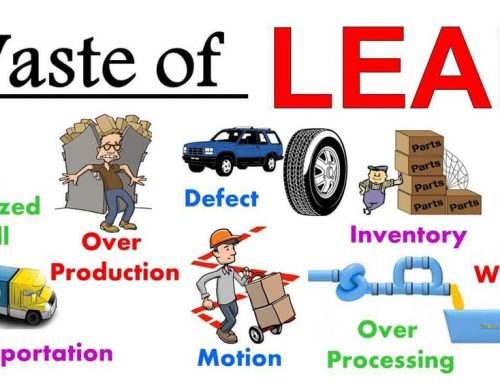Mind maps are a convenient and easy way of brainstorming your thoughts and ideas fundamentally. It provides a visual structure for your thoughts and ideas and makes them easy to analyze and remember. Mind maps are diagrammatic representation of chores, confabulations, conceptions or features that are connected to single concept. A framework is built around that single element in the form of a non linear graphical diagram that shows the interlinking of different elements with the central element. In other words, complex and esoteric information is simplified in to an organized form that is easy to understand and visualize.
How to Make an Effective Mind Map
An effective mind map is the one which is clear and easy to understand. It can be made on either paper with pen, on a white board with marker or on a computer by using specified software. It includes connecting lines, arrow heads pointing the direction, phrases or diagrams. Both paper based or computer based mind maps focus on the central idea which then splits up into its branches.
Paper based mind maps are definitely easier to make as it does not always need to a computer or software but can be made easily on the paper with pen. But it does have a disadvantage that a paper can be lost easily which is not the case with the computer based mind maps. Software is designed in such a way that it not only saves the data but you can also modify it as and when required without creating a mess. So yes it definitely gains advantage over paper based mind maps.
Different Types of Mind Maps
It is easier to split it into various different types of mind maps so that it is easier for people to figure out which mind map can be used for their specific needs. Some of these are described below.
Reference Mind Maps
These types of mind maps are also known as library mind maps which are used to systemize the material visually so they are easy to locate when required. This type of mind map is useful as it minimize the risk of losing any important information. Library mind maps involve the collection of broken data from different sources and then organizing them into different categories and sub categories in the form of a tree.
Reference or library mind maps are used for compiling reports, gathering different resources such as companies or people, systematize information about a task or problem solving.
Presentation Mind Maps
These types of mind maps are used to progress ideas in the form of storytelling or to track a call to action. On contrary to reference mind maps, this type is used to backup or support an idea In order to highlight and keep the focus of audience at the core idea. The key to an effective mind map is to keep it simple and short so it is easy to visualize and understand. When using presentation mind maps, always begin from the top right side and move clockwise. These mind maps are presented to highlight the flow of information and focus on the audience as well.
Presentation mind maps are used to present the behavior of a specific client in order to get a product and its use. These are also used in the training session of trainees where it is necessary for them to follow the flow of information and ideas or in a group discussion where a decision needs to be taken. It is a précised and focused version of a linear power point presentation.
Planning Mind Maps
In these types of mind maps the main focus is aimed at the outcome. When planning a project the outcome should be kept at the center of the mind map with all the action and sub actions heading towards it. Any task that needs to be done later in the process should be written near the center of the mind map. Planning mind maps are used in planning of an event, project, launch etc. These mind maps lasts only a few days or weeks until the project completes.

